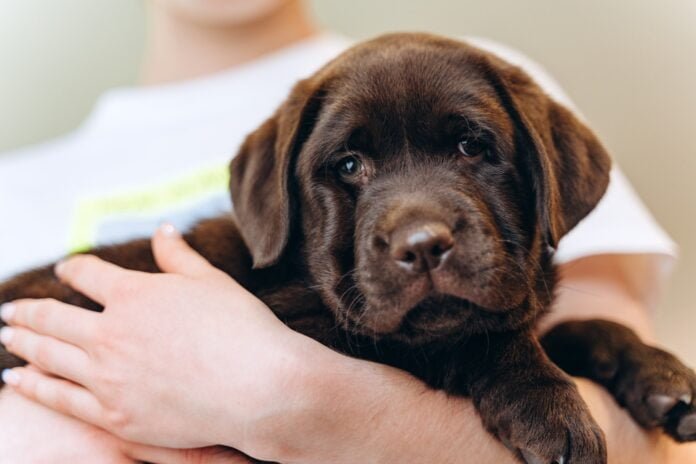

Ever gazed into those puppy-dog eyes and thought, “Hmm, does his head seem a tad small for his body?” You’re not alone! The question, “Do puppies heads grow slower than their bodies?”, has puzzled many fur parents across the nation. From the bustling streets of Brooklyn to the sunny sidewalks of California, dog lovers have often marveled at the intriguing growth patterns of their four-legged pals.
And who could blame them? There’s a special kind of magic in watching a puppy grow, seeing them transition from clumsy lil’ furballs to majestic adults. But understanding that growth? Now, that’s where the real adventure begins. So, for all you curious dog enthusiasts, grab your leash, and let’s dive into this tail-wagging topic. Because trust me, what’s coming next might just surprise you.
Unpacking the Puppy Growth Mystery: Head vs. Body
Ever noticed your playful puppy’s body growing rapidly, but thinking, “Do puppies heads grow slower than their bodies?” You’re onto something! Those oversized paws and sweeping tail contrast starkly with that tiny noggin. It’s not just a cute quirk or your imagination. There’s real science behind this canine conundrum. Numerous factors dictate how our fur-babies develop, and it’s not just about their diet or the kibble they munch on.
There’s a whole tapestry of science, genes, and environment weaving this growth story. And for anyone who’s ever scratched their head wondering why Fido’s body seems to be outpacing that cute little dome of his, you’re in for a treat. So, lace up, fellow dog aficionados, because before we unravel the genetic magic behind this, let’s move on to get a grip on the science steering this puppy growth rollercoaster.
Science Behind Puppy Growth: It’s All in the Genes!
Every pup is a unique blend of their ancestors, carrying a genetic blueprint that dictates their growth, appearance, and sometimes even their quirks! If you’ve ever gazed into those big puppy eyes and wondered about the forces at play behind their growth spurts, the answer lies deep within their DNA.
Breed-specific tendencies play a significant role in this developmental dance. For instance, pitbull pups have distinct head growth stages that are a marvel to witness. One day, they’re these squishy-faced little things, and before you know it, they’ve blossomed into powerful canines, with heads showcasing their breed’s signature strength.
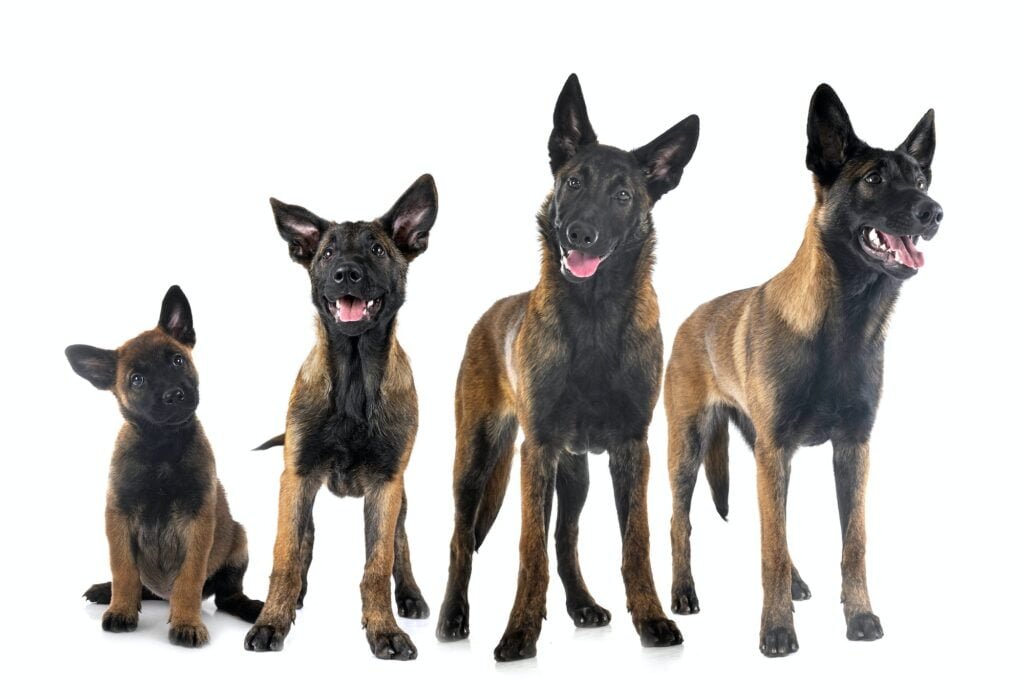

But genes are just one piece of this intricate puzzle. While they lay down the basic framework, there’s a whole world of factors waiting to jump in and influence our pup’s growth journey. Curious about what else swings the pendulum of puppy development besides those pesky genes? Well, as we dig deeper into the factors influencing our furball’s growth, you might be surprised by what you discover. So grab your detective hat, because let’s move on to uncover the mysteries beyond genetics in our puppy’s growth saga.
What Influences Puppy Growth? Beyond Genetics
Beyond the blueprint of genetics, there’s a tapestry of factors weaving the tale of your pup’s growth. Unraveling this can give you a richer understanding of what makes your canine companion tick. Let’s delve into these pivotal elements, shall we?
Nutrition: The Fuel Behind the Growth
Think of nutrition as the supercharger for your puppy’s growth. Just like a car needs the right fuel to zoom effortlessly, your pup needs a balanced diet to sprout and thrive. Those delectable kibbles, chews, and treats aren’t just to fill their bellies; they’re the building blocks of bones, muscles, and that shiny coat you can’t help but ruffle! Remember, the early stages demand quality grub. Skimping on nutrition now is like trying to drive a sports car on fumes – it ain’t gonna fly!
Environmental Factors: How Surroundings Play a Role
Ever heard the phrase, “You’re a product of your environment?” Well, your puppy’s no different. A stimulating, safe, and nurturing environment can work wonders for their development. Toys, interaction, exposure to different sounds, and even the play of sunlight can mold their growth and temperament. Conversely, a neglected or stressful environment can hinder their potential. A pup’s surroundings are their world; it’s where they learn, play, and grow. Make it count!
Exercise: Balancing Act Between Growth and Health
Ah, the joy of watching a pup prance around, chasing their tail or a fluttering leaf! Exercise isn’t just about tiring them out; it’s pivotal for muscle development, bone strength, and even their mental well-being. But, like all good things, moderation is key. Over-exercising can strain their still-forming joints, while under-exercising can lead to obesity and related issues. It’s a juggling act, and finding that sweet spot is crucial.
Hormonal Influences: The Silent Regulators of Puppy Development
Here’s where things get a tad scientific. Hormones are the unsung heroes of puppy growth. They’re like the puppeteers, subtly pulling the strings, directing when, where, and how growth happens. For instance, growth hormone dictates the rate of bone elongation, while thyroid hormones influence metabolism. Then there are sex hormones, which come into play during the rambunctious adolescence, causing all sorts of fun changes. Hormonal imbalances can throw a wrench in the growth works, making regular vet check-ups essential.
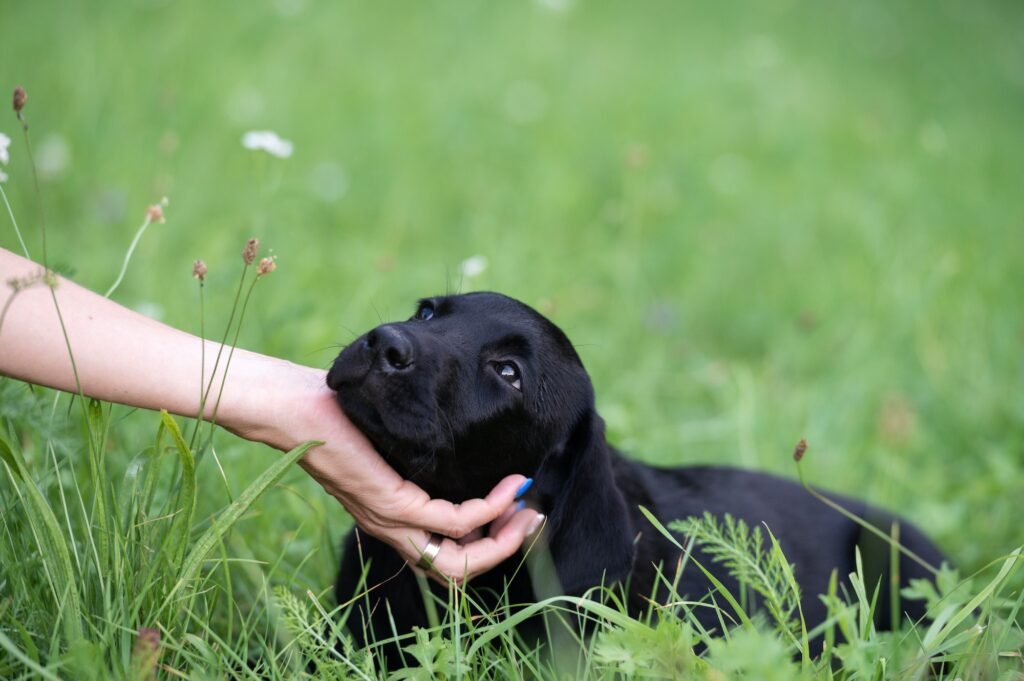

Whew! Who knew there was so much going on behind those wagging tails and floppy ears? With this newfound knowledge, you’re all set to champion your puppy’s growth journey. And while we’re in the business of busting myths and gaining insights, let’s move on to some popular beliefs about pups, like those intriguing dogs with peculiarly small heads, and see what’s fact and what’s fiction.
When Do Puppies Experience Peak Growth?
Every pup owner’s been there: one day, your little furball’s paw fits in your hand, and the next, they’re galumphing around with those big ol’ clodhoppers! So, when exactly do these kiddos hit their growth spurt? Typically, between the ages of 4 to 7 months, puppies experience a remarkable surge in growth. It’s like Mother Nature flips a switch, and bam! – you’ve got a sprouting fur dynamo on your hands.
Signs of these growth spurts? You might notice your pup chowing down more than usual or maybe catching some extra Z’s. Their collar feeling a smidge tight? That’s another giveaway. While each breed has its unique growth timeline, it’s these months that truly stand out across the board.
Helping your pup navigate this phase with proper nutrition and care is paramount. But, just as their bodies grow, there’s fascinating stuff going on up top too. Speaking of which, let’s move on and dive deep into the development of that adorable puppy noggin of theirs.
Puppy Skull Development: What Every Dog Owner Should Know
Alright, pup enthusiasts, ever marvel at that sweet dome on your furry friend and think, “What’s going on in there?” Puppy skull development isn’t just about them getting a more grown-up look; it’s crucial for their overall health. As those little noggins develop, there’s a dance of bones and joints getting into place. It’s like the coolest jig you’ve never seen!
But it’s not just about aesthetics. Knowing about skull development can clue you in on potential health red flags. Issues like cranial pressure or misaligned jaws can pop up if things don’t pan out right up there. These concerns might lead to bigger health or behavioral issues down the road.
Being in the know about this is key. Because, as any dog lover will tell you, knowledge is power. And speaking of the power of knowledge, let’s move on to dive into some burning questions from the hearts of American dog aficionados.
The American Dog Lover’s Perspective: Common Queries and Conversations
So, what’s the buzz among the dog-loving crowd, you ask? Well, from coast to coast, Pup parents are chattin’ it up about their four-legged family members. “Is my fur baby’s noggin’ supposed to be this tiny?” or “Dude, why’s my pup’s head lookin’ all outta whack compared to his bod?” Yup, these are the real-deal convos happening at dog parks and backyards.
And don’t get folks started on those late-night Google searches. We’re talkin’ “When will Fluffy’s head catch up to his tail?” and “Is my puppy’s head growing too slow?”. The chatter is real, and the concerns are genuine. After all, we Americans adore our pooches and wanna make sure they’re growing just right.
Curious about these burning questions and more? Well, buckle up, buttercup, because we’re diving deep next. Let’s move on and tackle some of those FAQs head-on.
Addressing Your Queries: ‘Do Puppies Heads Grow Slower Than Their Bodies?’ FAQs
We’ve all been there – staring at our pups and pondering some big questions. Let’s dive into some that have been making the rounds.
Is my dog’s head growing too slow?
First things first, chillax! Every dog is unique, like snowflakes or thumbprints. While some may have heads that seem to take their sweet time, it’s often just a part of their natural growth journey. However, if you’re super concerned, having a chat with your vet wouldn’t hurt. They can provide the low-down on what’s normal for your pup’s breed and age.
How can I ensure my puppy has balanced growth?
Balancing act, huh? It’s all about good grub, the right amount of exercise, and regular check-ups. A solid, nutritious diet is key. Think of it as giving your pup the right kind of fuel. Add in regular playtimes (but not too much!), and you’ve got a recipe for success.
Are there breeds more prone to disproportionate growth?
You betcha! Some breeds, especially the big guys, can seem a tad out of proportion in their younger years. Great Danes, for instance, might have paws and bodies growing faster than their heads. But, with time, they usually even out. Again, when in doubt, your vet’s the go-to.
Ready to wrap this up? Let’s move on and put a bow on this puppy talk!
In Conclusion: Growing Up Pup!
From pint-sized pals to big ol’ buddies, observing our four-legged companions sail through the adventurous phases of puppyhood is nothing short of magical. We’ve spilled the beans on topics like, “Do puppies heads grow slower than their bodies?” and even touched on those unique breed quirks. But let’s not forget, each pup’s growth story is utterly unique. So, whip out that smartphone, capture those memorable moments, be it a lopsided ear or a too-big-for-their-body paw. Time flies, and soon, they’ll be all grown up!
And hey, while this chapter might be closing, the story ain’t over. Got a hankering for more tail-waggin’ tales? Keep those peepers peeled; you never know what’s around the next corner in the world of woofs!
Related Articles:

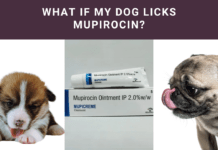








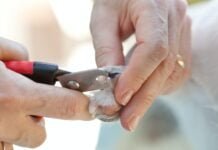







[…] Do Puppies Heads Grow Slower Than Their Bodies? Facts! […]